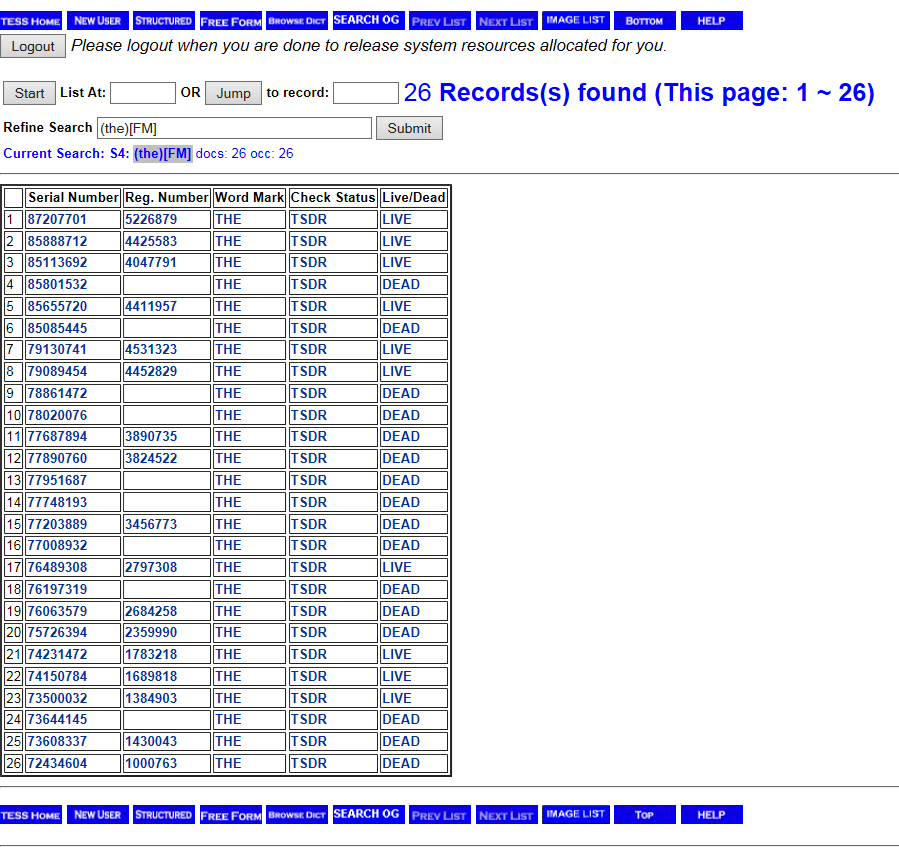A February 9, 2018, Harvard Law Review article concluded that “The supply of word marks that are at least reasonably competitively effective as trademarks is finite and exhaustible” and “the trademark system is growing increasingly—perhaps inordinately—crowded, noisy, and complex.” This is not so surprising when considering that there were 6.7 million trademark applications filed at the U.S. Patent and Trademark Office between 1985 and 2016 and trademarks for “THE” have been registered.
So, in this “noisy” and “crowded” field, how do you select a trademark?
First, understand the rationale behind trademarks: it is to differentiate your widget from someone else’s widget. The bottom line is that trademarks are designed to assist the consumer in making purchasing decisions; to prevent confusion in the marketplace. In other words, when I go to the grocery store, I can make an informed decision as to the type of soda I am buying.
Second, the mark you use must be distinctive; it is used as a descriptor for the goods or services being offered. For example, MCDONALD’S restaurant or MOUNTAIN DEW soda. You can’t sell water and get a trademark for “WATER.” Your mark must distinguish your product from someone else’s product. While the easiest way to get a trademark is to use a “made up” or “fanciful” mark, such as EXXON for petroleum products, the barriers to market entry can be high, i.e., you have to spend a lot of resources to get public association with your mark and the product you are selling.
Here is a “cheat sheet” to help in selecting a mark.
|
Type of Mark |
Definition | Example | Can it Be Registered? |
| Fanciful/Coined | Invented; no dictionary meaning | Viagra, Xerox | Yes |
| Arbitrary | common word applied to unfamiliar product | Apple (computer), Amazon (online retail sales) | Yes |
| Suggestive | suggests something about goods/services without immediately describing | Greyhound Bus, Roach Motel | Yes |
|
Descriptive
|
describes some characteristic about goods | Chap Stick, Sno-Rake (rake for removing snow) | No, unless the mark acquires distinctiveness |
|
Generic
|
common name of product versus adjective | Cola (for soda), Beer (for, yes, beer) | No! |
Tips when choosing your trademark:
- I know it is obvious, but make sure no one else is using the mark. Check online and with the U.S. Patent and Trademark Office.
- Pay special attention to your industry. If you are selling a household cleaning product, for example, don’t use KOMET when there is already COMET. Confusingly similar marks are not registerable and invite unwanted conversations with lawyers.
- Where possible, try and use a mark that is fanciful or arbitrary. It will separate you from the pack and make it easier to develop trademark protection (and, hopefully, customer loyalty).
- Shameless plug: check with an intellectual property attorney and get assistance in conducting a trademark search. Your attorney can help you navigate what is, and is not, acceptable before you spend a lot of time and effort in establishing a brand only to learn that someone else is using it.

